Darker-colored diets had better growth and feed efficiency
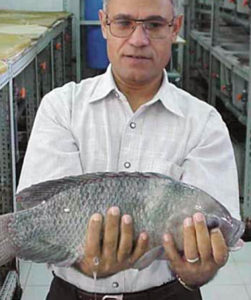
Tilapia are currently cultured in more than 100 countries around the world, especially in tropical and subtropical regions of Asia, Africa, and the Americas. With a value that rose over U.S. $2 billion in 2001, tilapia now represent the second most important cultured fish group in the world after carp.
Nile tilapia (Oreochromis niloticus) is by far the most important farmed tilapia species. Representing more than 80 percent of the total production of farmed tilapia, its production reached 1.11 million metric tons in 2001.
Feed, the most expensive component in the intensive tilapia aquaculture industry, usually represents 50 percent or more of operating costs. Proper feeding management is therefore a necessary tool for successful tilapia culture. Extensive research has been conducted on the nutrient requirements and feeding regimes of farmed tilapia. However, the effects of feed color on growth efficiency have not yet been fully investigated.
Feed experiment
The author recently conducted an experiment to evaluate the effects of feed color on the growth and survival of Nile tilapia fingerlings reared in a recirculating system. The indoor culture system at the aquaculture facility of the United Arab Emirates University’s College of Food Systems in Al-Ain consisted of 75-liter fiberglass tanks provided with central drainage pipes to facilitate cleaning and waste removal.
The culture system also used a biological filter, continuous aeration and water heating to keep the water temperature at 27 degrees-C. The photoperiod was kept at 12 hours of light and 12 hours of dark.
Fish of 10.5 grams average initial weight were fed four test diets of different colors (red, light green, dark blue, and yellow) in addition to a commercial, light-brown control diet. The test diets were prepared by grinding the commercial diet, adding food colorants, and then reprocessing. The diets were fed to the fish at a daily rate of 4 percent of their body weight for 60 days. At the end of the study period, the fish were netted and weighed, and their final weights were recorded.
Results
The results indicated that fish fed the darker-colored diets (red and dark-blue) had better growth and feed efficiency than those fed lighter diets. The red diet produced the best fish performance, followed by dark blue, the control, and light green. The poorest performance resulted in fish fed the yellow diet. Fish survival was not affected by food color, and was over 90 percent in all treatments.
Conclusion
This preliminary study indicated that feed color could be a key factor for feed acceptance in farmed tilapia. Red or dark-blue pellets seemed preferable to light-colored yellow and light-green feed. However, additional, long-term studies should be conducted using different size classes of tilapia to confirm the results.
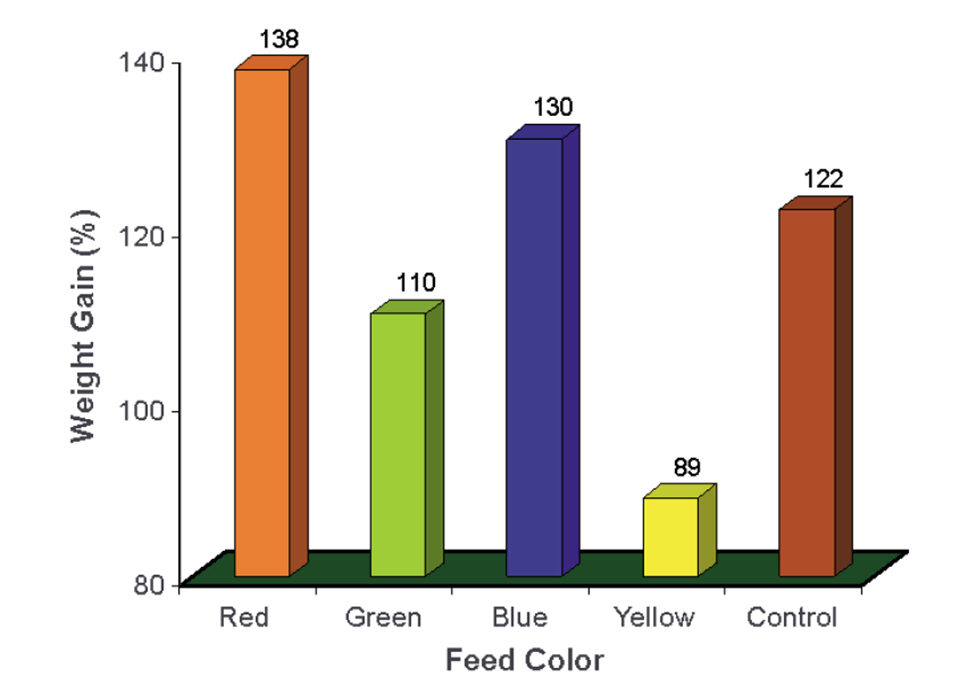
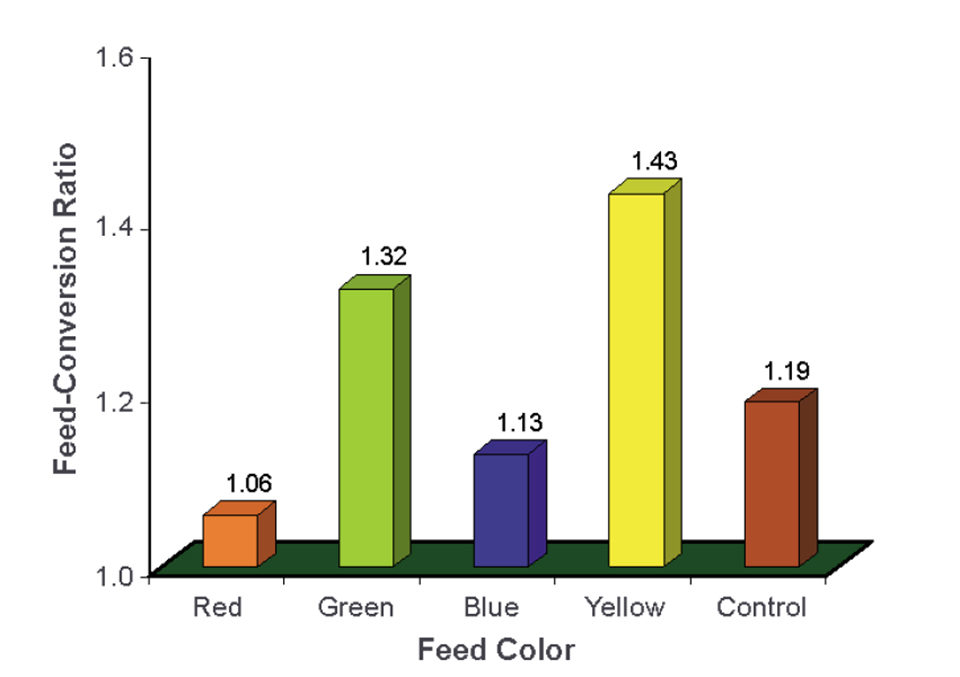
(Editor’s Note: This article was originally published in the April 2004 print edition of the Global Aquaculture Advocate.)
Now that you've reached the end of the article ...
… please consider supporting GSA’s mission to advance responsible seafood practices through education, advocacy and third-party assurances. The Advocate aims to document the evolution of responsible seafood practices and share the expansive knowledge of our vast network of contributors.
By becoming a Global Seafood Alliance member, you’re ensuring that all of the pre-competitive work we do through member benefits, resources and events can continue. Individual membership costs just $50 a year.
Not a GSA member? Join us.
Author
-
Abdel-Fattah M. El-Sayed, Ph.D.
Department of Aridland Agriculture
College of Food Systems
United Arab Emirates University
P.O. Box 17555
Al-Ain, United Arab Emirates[101,97,46,99,97,46,117,101,97,117,64,100,101,121,97,115,108,101,46,97]
Tagged With
Related Posts
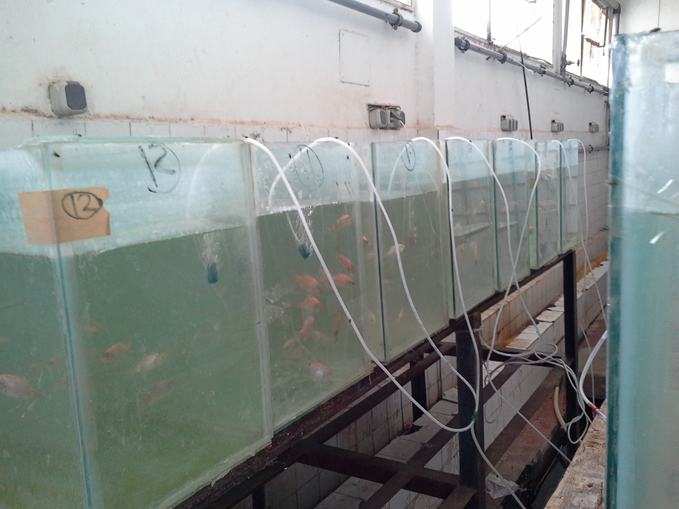
Health & Welfare
Applied commercial breeding program for Nile tilapia in Egypt
A major goal of selective breeding program for Nile tilapia (Oreochromis niloticus) in Egypt is to select for fillet color and fillet weight in response to consumer preferences.

Health & Welfare
10 paths to low productivity and profitability with tilapia in sub-Saharan Africa
Tilapia culture in sub-Saharan Africa suffers from low productivity and profitability. A comprehensive management approach is needed to address the root causes.
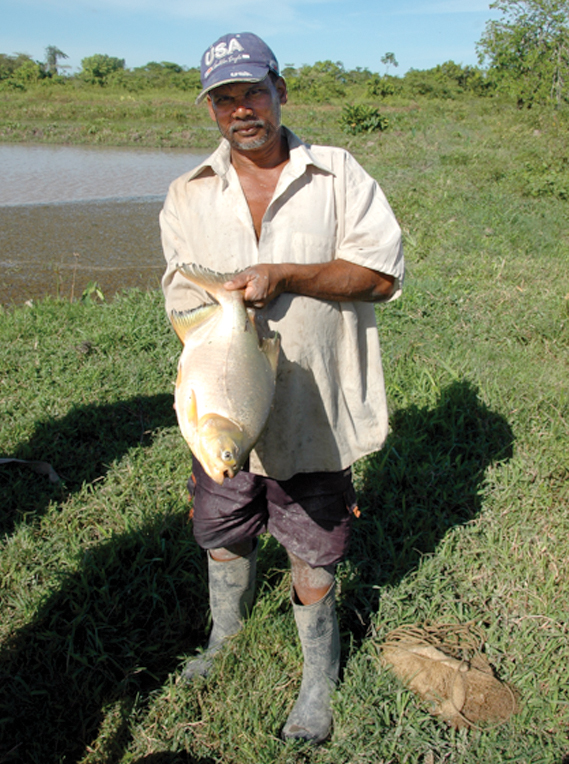
Health & Welfare
A look at aquaculture in Guyana
With its large quantities of water and little industry to pollute it, Guyana has the potential to become a greater player in global aquaculture.
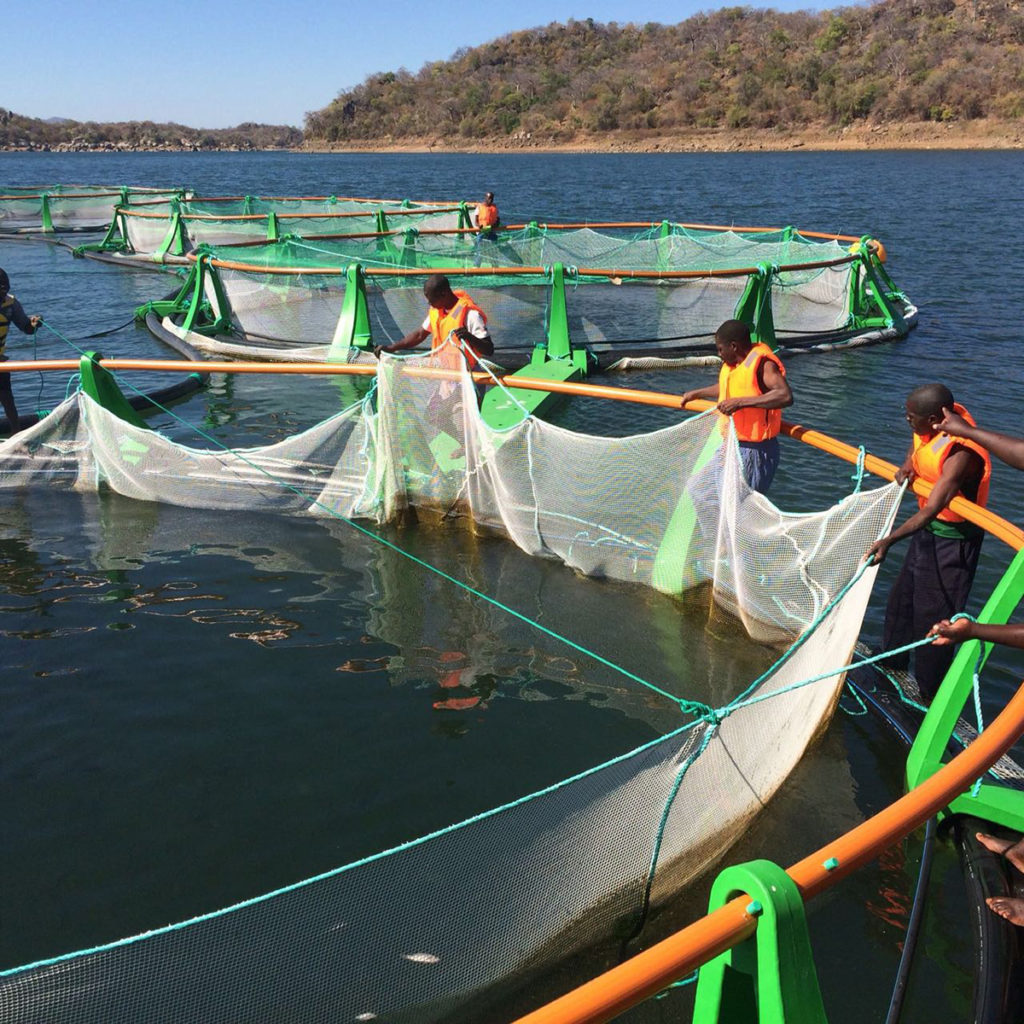
Responsibility
‘Model’ tilapia venture shows mettle in Mozambique
On the shores of Lake Cahora Bassa, Chicoa Fish Farm hopes to create a ripple effect to improve fish supply and quality of life for an impoverished region.


